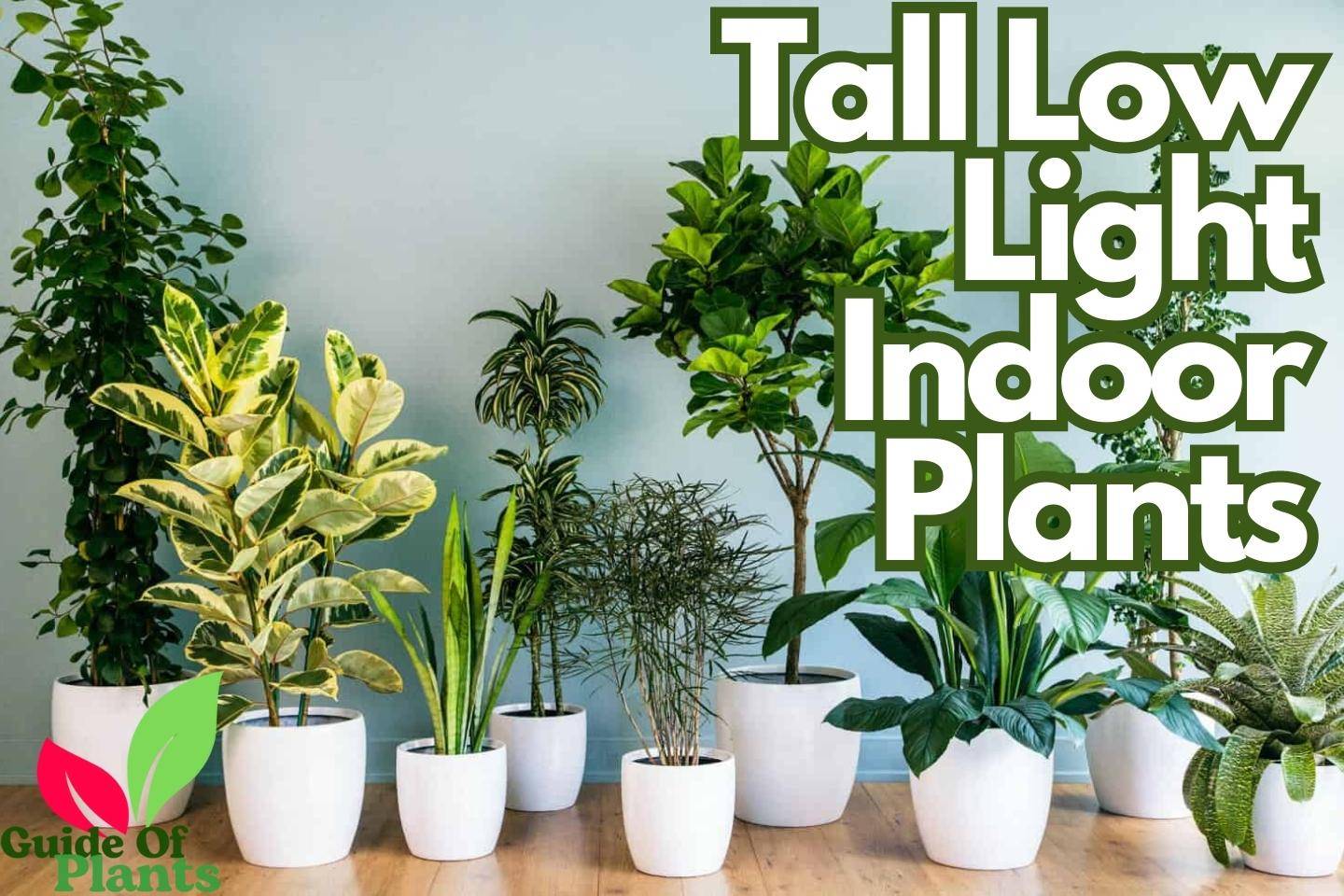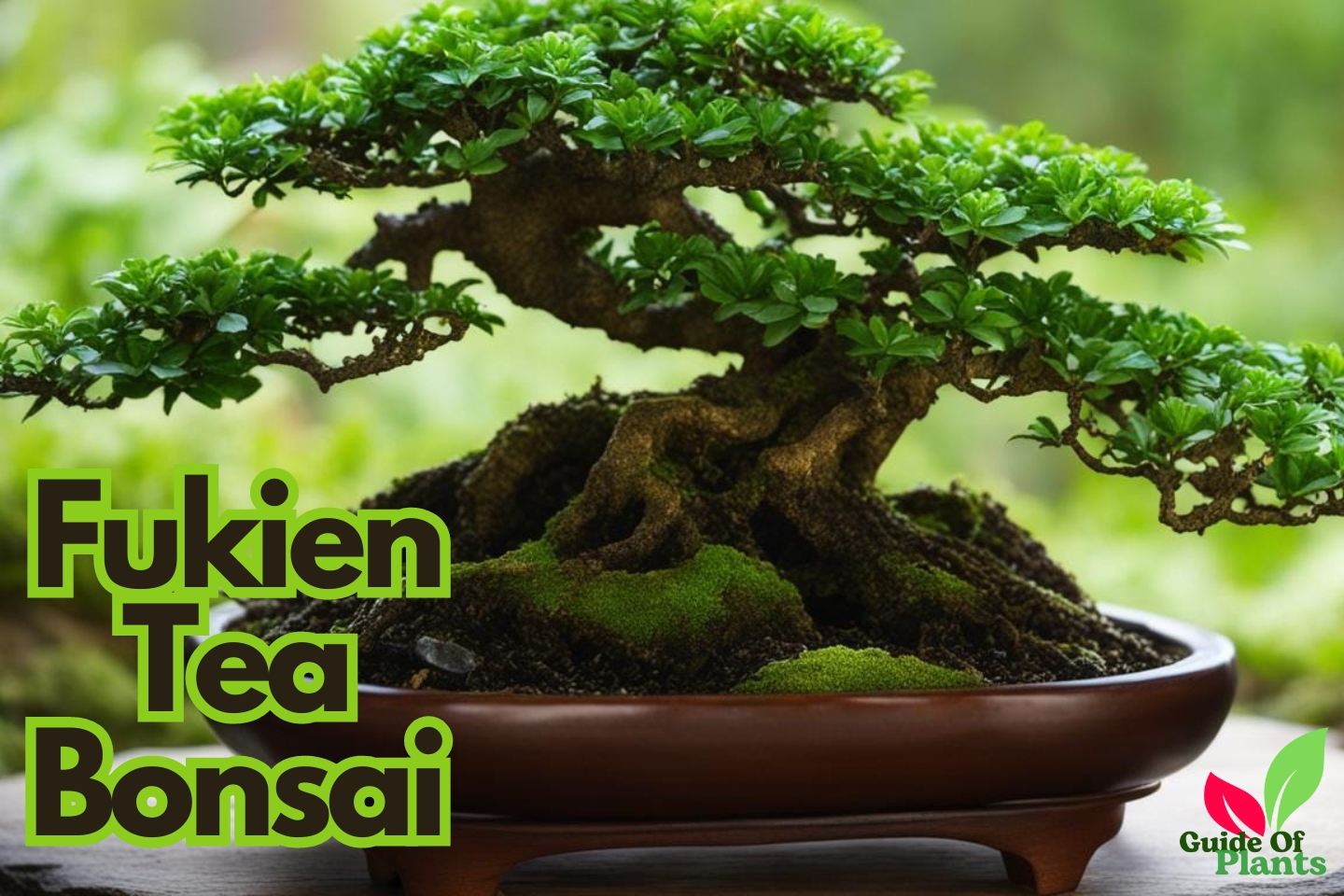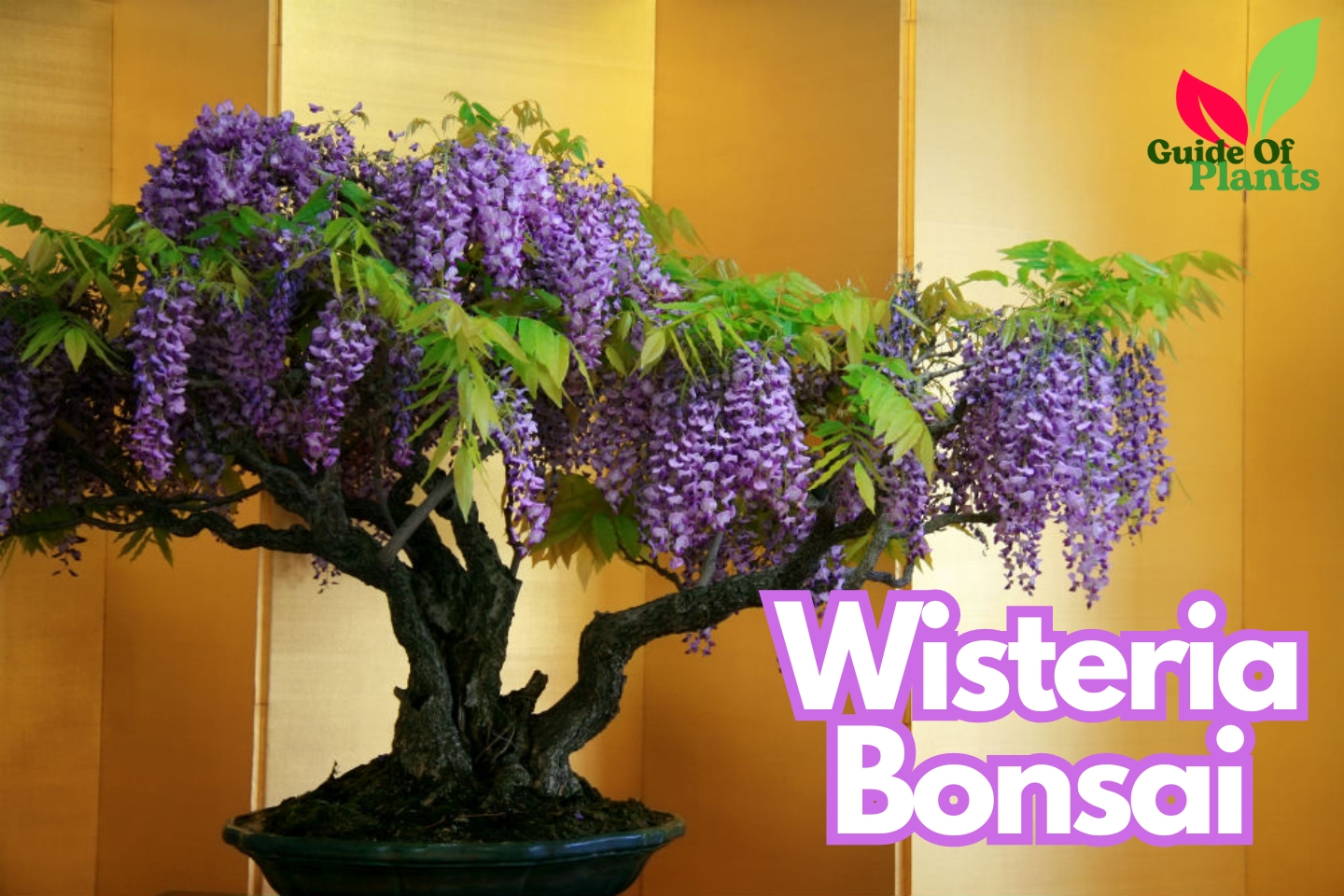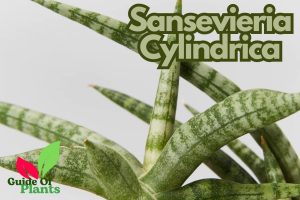Welcome to the captivating world of tall low light indoor plants with Guide of Plants. Prepare to embark on a journey of botanical marvels as we delve into the realm of towering greenery that thrives in the subtle embrace of low-light conditions. Discover why these majestic plants make a magnificent addition to your indoor space, infusing it with a touch of grandeur and enchantment.
From their elegant stature to their remarkable adaptability, we will explore the numerous benefits that low-light plants bring, transforming your home or office into a lush oasis of natural beauty. So, let us unlock the secrets of tall low light indoor plants and unlock the full potential of your indoor environment.
Also Know About: Beginner’s Guide to Flower Gardening
Table of Contents
Understanding Tall Plants
Characteristics of tall low light indoor plants are renowned for their impressive height, often towering several feet or more. They possess elongated stems or trunks, which support their foliage, creating a graceful and majestic appearance. These plants can bring a sense of grandeur and verticality to your space, making them perfect for creating focal points or filling empty corners.
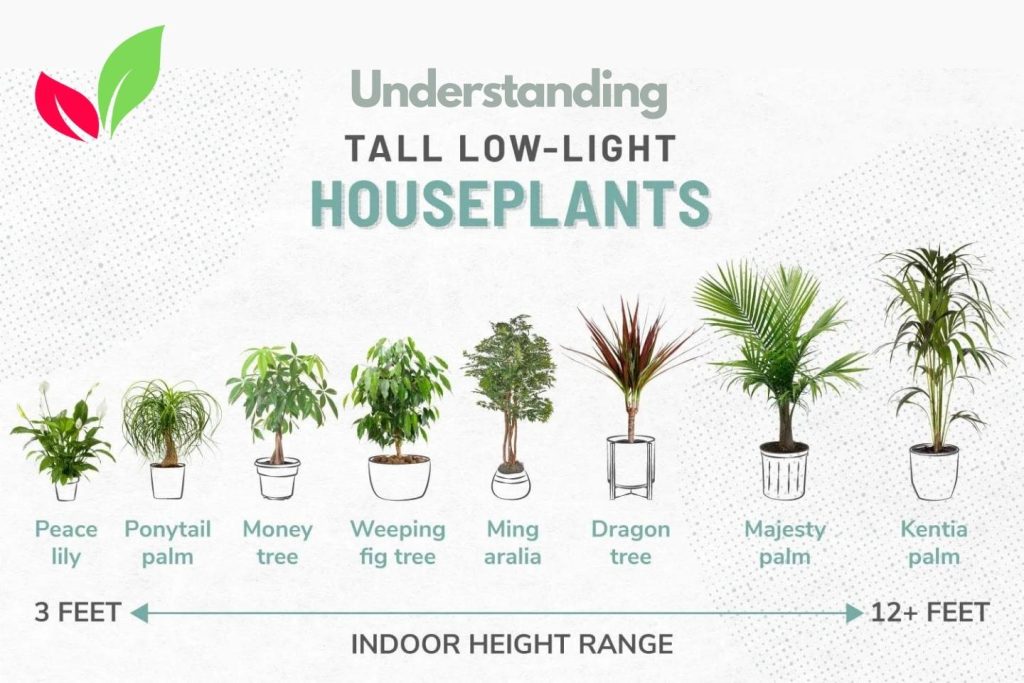
When deciding on tall indoor plants, many factors should be taken into account. First, assess the available space in your home or office. Consider the height and spread of the plant at maturity to ensure that it comfortably fits within the designated area. Additionally, consider the care requirements and maintenance needed for each specific plant variety, as some tall plants may require more attention than others.
There is a wide range of indoor plants with impressive heights and unique features to choose from. The Snake Plant (Sansevieria), ZZ Plant (Zamioculcas Zamiifolia), Dracaena, Chinese Evergreen (Aglaonema), and Fiddle Leaf Fig (Ficus Lyrata) are some popular options. These plants offer a variety of leaf shapes, colors, and patterns, allowing you to find the perfect tall plant to suit your personal taste and complement your interior design.
Also Know About: Fruit Plant Gardening
Low Light Conditions for Plants
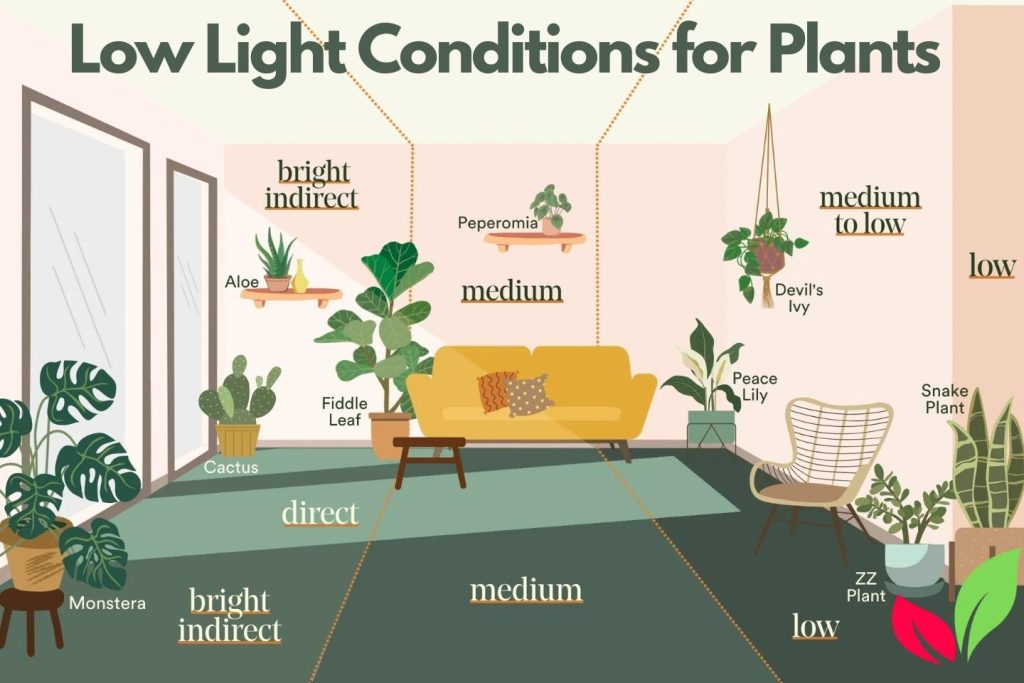
Low light conditions are defined as areas in your home or office where natural sunlight is restricted. These spaces can be areas that receive indirect light or are situated away from windows. For instance, interior rooms, hallways, or areas with obstructed views of the sun. Know that low light doesn’t mean the absence of light. To be honest, it suggests a lower brightness level than what the majority of tall low light indoor plants require for good growth.
The growth of plants is done by the chemical energy produced by the process of photosynthesis, which requires light. Although a vast majority of indoor plants flourish in bright, unobstructed sunlight, each species has its own unique light preferences. Certain plants have acclimated to endure and even flourish in dimly lit environments by modifying their physiological processes. It’s crucial to understand the light requirements of plants for selecting the right species that can thrive in your specific lighting conditions.
Choosing low-light tolerant plants is vital for maintaining healthy and thriving indoor greenery in spaces with limited natural light. These plants have evolved to thrive in conditions with reduced brightness in contrast to what most plants typically require for optimal growth. Choose tall low light indoor plants to create a lush indoor garden.
Also Know About: Bonsai Gardening
5 Best Tall Low Light Indoor Plants
Here are 5 of the best tall low light indoor plants for your home space or your indoor home garden:
1. Snake Plant (Sansevieria)
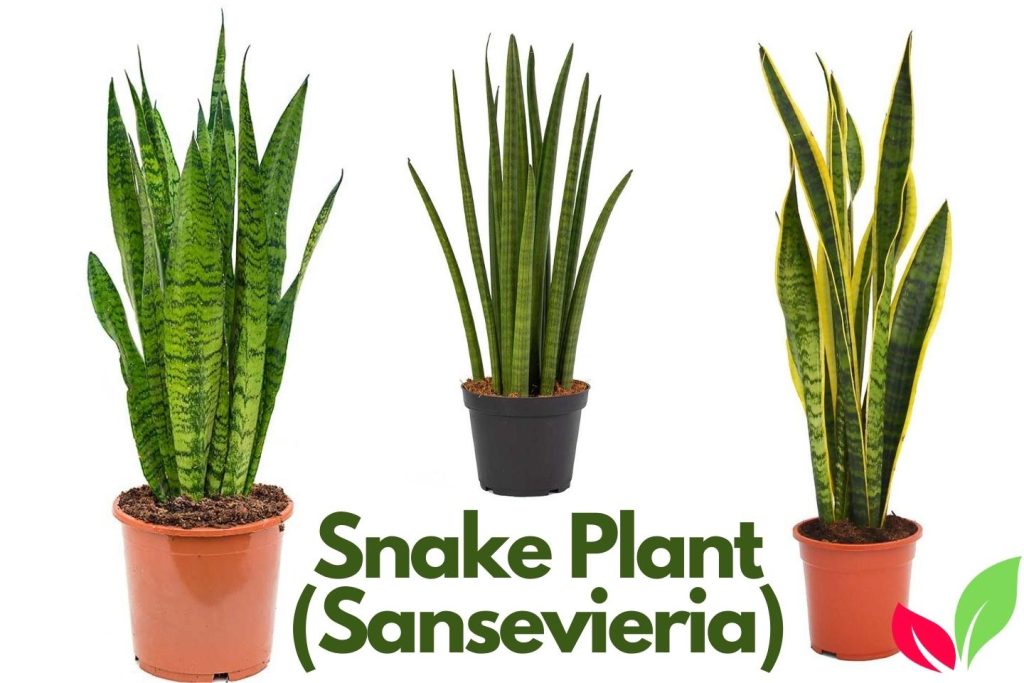
Snake plants, also known as Sansevieria or mother-in-law’s tongue, are renowned for their striking tall and upright leaves. These tall low light indoor plants feature long, sword-shaped leaves with vibrant patterns and colors, making them visually appealing additions to any indoor space. Snake plants can survive in low-light circumstances and are hardy.
Different varieties of snake plants
Snake plants are available in different cultivars, each presenting its distinct leaf patterns and growth habits. Sansevieria trifasciata, commonly known as “Mother-in-law’s Tongue” or “Sansevieria Cylindrica”. Another variety is “Sansevieria Masoniana”, which is known for its cylindrical leaves. It is also called the “Whale’s Fin” because of its broad, paddle-like leaves, which are some of the popular varieties.
Care tips and maintenance
Snake plants are an excellent option for individuals who are busy or new to plant care because they require relatively low maintenance. Snake plants can adjust to a wide range of light conditions, from low to bright indirect light, although their growth may be slower in lower light levels. Snake plants prefer soil that drains well and should be watered moderately, allowing the soil to dry between waterings. Overwatering should be avoided since it can cause root rot.
Also Know About: Herbal Plants and Gardening
2. ZZ Plant (Zamioculcas Zamiifolia)

ZZ plants, scientifically known as Zamioculcas zamiifolia, are renowned for their glossy, dark green leaves and their ability to thrive in low light conditions. These tall low light indoor plants have a unique aesthetic appeal, with each leaf consisting of multiple pairs of leaflets, giving them a feather-like appearance. Because of their low light and drought tolerance, ZZ plants are native to Eastern Africa and are well-suited for indoor situations.
Features and benefits of ZZ Plant
As tall low light indoor plants one of the notable characteristics of ZZ plants is their capacity to grow in environments with minimal natural light. They possess the ability to endure low light conditions, rendering them a top-notch choice for rooms with limited sunlight. Moreover, ZZ plants are renowned for their air-purifying attributes, which facilitate the improvement of indoor air quality by filtering out harmful toxins like xylene and toluene. With their comparative imperviousness to pests and diseases, they are an easy option for indoor gardening.
Tips for growing and caring for ZZ plants
ZZ plants grow in soil that drains well and requires only sparse watering. To prevent overwatering, it is crucial to let the soil dry out partially between watering. Overly moist conditions can result in root rot. These plants are versatile when it comes to temperature and can flourish in typical room environments. Given their slow growth rate, periodic pruning may be necessary to maintain their intended appearance and dimensions.
Also Know About: Organic Vegetable Gardening
3. Dracaena

Dracaena is a plant genus with multiple species, each with its own distinct appearance and growing patterns. Some common types of Dracaena plants include Dracaena Fragrans (Corn Plant), Dracaena Marginata (Dragon Tree), Dracaena Reflexa (Song of India), and Dracaena Deremensis (Warneckii). These plants are regarded for their height, beautiful foliage, and capacity to withstand low light conditions.
Unique characteristics of Dracaena
Dracaena plants boast long, slim leaves that come in a spectrum of hues, from lively green to variegated blends of green, yellow, and white. These tall low light indoor plants have the capability to grow to lofty heights, contributing to the verticality of your indoor area. Among their notable traits are their air-purifying capabilities, which rid the air of detrimental contaminants, and, ultimately, promote a healthier indoor atmosphere.
Proper care instructions for Dracaena
This tall low light indoor plants grow in bright, indirect light but can adapt to lower light conditions as well. However, prolonged exposure to low light may result in slower growth or less vibrant foliage. These plants prefer well-draining soil. It should be watered thoroughly, allowing the top inch of soil to dry out before watering again. Regular pruning of yellowing or damaged leaves is necessary to maintain the plant’s appearance and health.
4. Chinese Evergreen (Aglaonema)

Chinese Evergreen, scientifically known as Aglaonema. Because of its stunning leaves and ability to grow in low-light settings, it is an excellent choice for indoor gardening as a tall low light indoor plant. These plants originate from Southeast Asia. This tall low light indoor plants is popular for its adaptability and ease of care. Chinese Evergreen plants come in a wide range of cultivars, showcasing various leaf patterns, colors, and sizes.
Eye-catching varieties
Chinese Evergreen plants provide an abundance of visually appealing options to select from. Aglaonema ‘Silver Bay’, Aglaonema ‘Red Siam‘, and Aglaonema ‘Emerald Beauty’ are among the popular cultivars of Chinese Evergreen plants with visually appealing foliage consisting of silver-green leaves with dark green markings, vibrant red-tinged leaves, and deep green leaves with silver markings respectively. As chinese evergreen tall low light indoor plants, with their diverse foliage, have the ability to add a touch of elegance and color to any indoor environment.
Care requirements for Chinese Evergreen
Chinese Evergreen plants grow in low to moderate light conditions. It makes them ideal for areas with limited natural light. They prefer well-draining soil and should be watered moderately, allowing the soil to dry out partially between watering. These tall low light indoor plants are relatively forgiving when it comes to humidity levels and can adapt to various environments. Regular misting or wiping of the leaves helps to maintain their lush appearance and keep them free from dust.
Also Know About: Crop & Farming
5. Fiddle Leaf Fig (Ficus Lyrata)
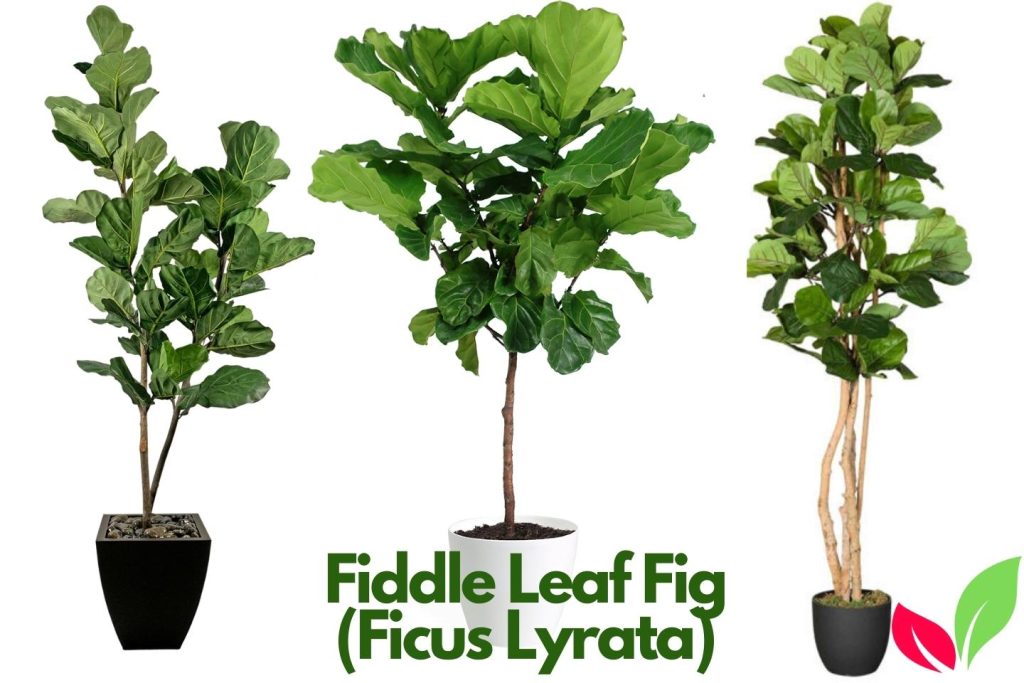
Fiddle Leaf Fig, scientifically known as Ficus Lyrata. It has gained immense popularity in recent years for its large, fiddle-shaped leaves and striking visual appeal. These plants make a bold statement in any indoor space, adding a touch of elegance and sophistication. Fiddle Leaf Fig plants originate from the tropical regions of West Africa and are highly sought after for their iconic foliage.
Notable features of Fiddle Leaf Fig
One of the standout features of Fiddle Leaf Fig plants is their large, glossy leaves that resemble the shape of a fiddle or violin. These leaves can grow up to 18 inches in length, creating a dramatic presence in your home or office. Fiddle Leaf Figs are known for their ability to grow tall, reaching heights of six feet or more when provided with the right conditions. Their lush foliage and sculptural form make them a statement piece in interior design.
Best practices for maintaining a healthy Fiddle Leaf Fig
Fiddle Leaf Fig plants thrive in bright, indirect light. While they can tolerate lower light conditions, it’s important to provide them with sufficient light to prevent leggy growth and maintain their iconic leaf shape. These tall low light indoor plants prefer well-draining soil and should be watered when the top inch of soil feels dry. Avoid overwatering, as it can lead to root rot. Fiddle Leaf Figs benefit from regular cleaning of their leaves to remove dust and maintain their glossy appearance.
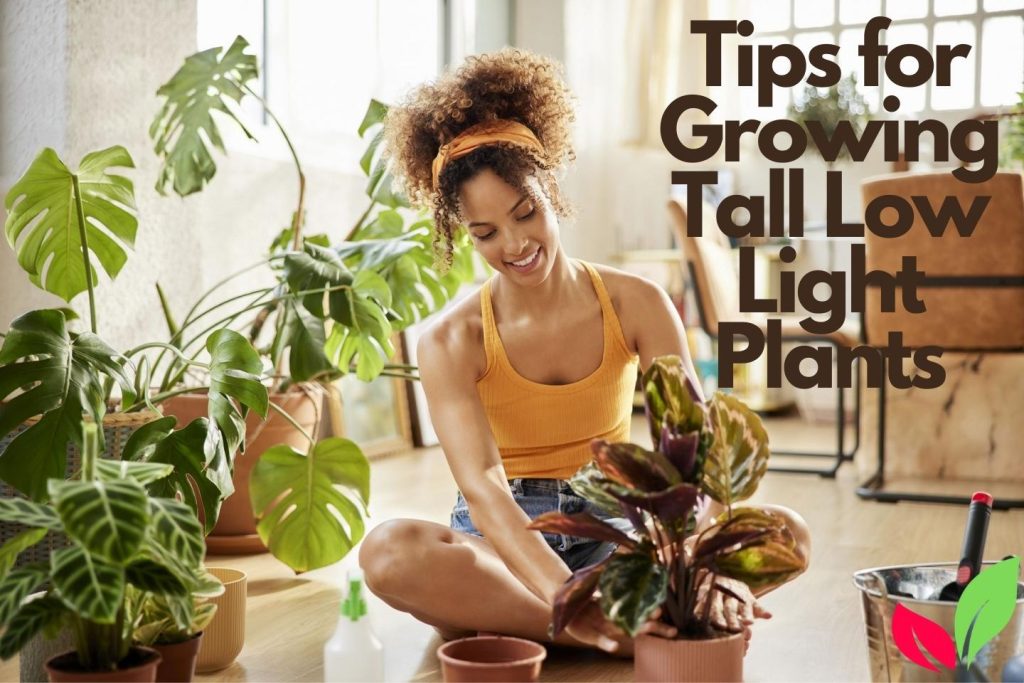
Tips for Growing Tall Low Light Plants
Watering your tall low light plants properly is crucial. Check soil moisture before watering and make sure the water drains properly. Choose a pot with drainage holes and well-draining soil. The growth of the tall low light indoor plants may be affected by the level of moisture in the atmosphere. It might be beneficial to employ a humidifier or spray the foliage.
Troubleshooting Common Issues
Yellow leaves can be caused by many issues for tall low light indoor plants. To solve it, check soil moisture and adjust watering. Ensure adequate light and use fertilizer. If pests are present, treat them accordingly. Overwatering can cause root rot, and underwatering can cause wilting. Prevent overwatering and underwatering by monitoring soil moisture and providing proper drainage. Pests and diseases can harm tall low light plants. Check for infestation and treat with insecticides. To prevent fungal issues, ensure drainage and air circulation.
Styling and Placing tall low light indoor plants
Tall low light indoor plants are great for creating focal points indoors. Use them strategically to draw attention to a specific area or as statement pieces. Consider the balance and harmony of the room when positioning them. In smaller spaces, use slimmer or upright varieties and place them in corners or against walls. Use hanging or wall-mounted planters and layer plants of different heights for depth. Choose tall low light indoor plants that match your interior decor’s style and color scheme. Experiment with different containers and stands to enhance the visual appeal.
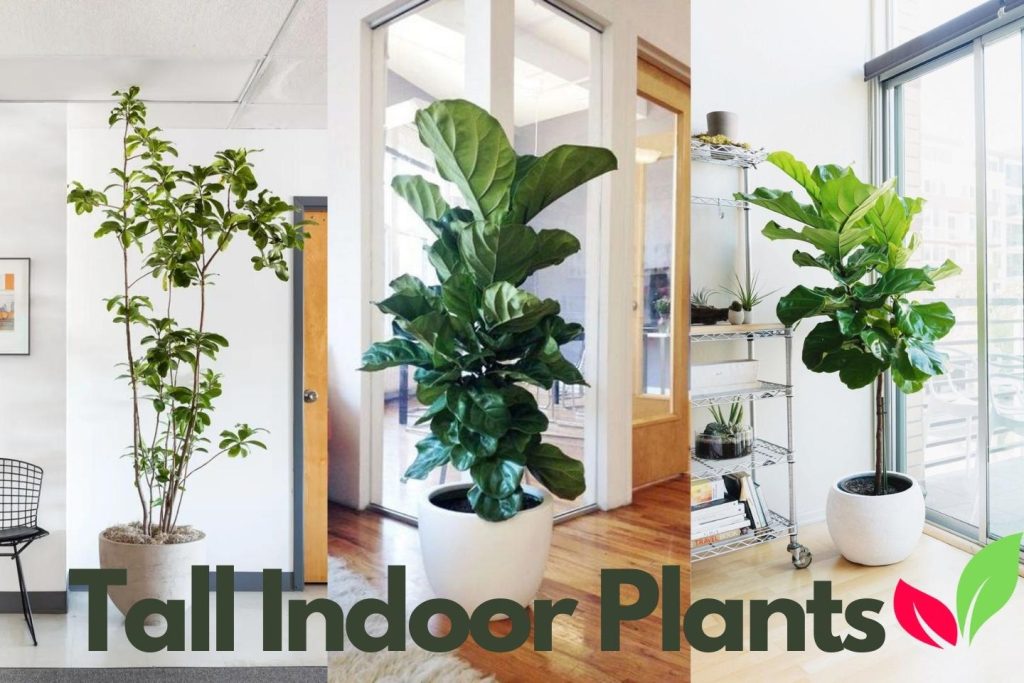
Conclusion
Tall low light indoor plants are a fantastic choice for enhancing indoor space by bringing elegance, verticality, and visual interest. They thrive in low light conditions and offer health benefits such as air purification and stress reduction. One should explore and experiment with different varieties and pay attention to their care requirements. Incorporating tall plants not only adds aesthetic appeal but also contributes to a sense of tranquility and well-being, creating a vibrant and inviting sanctuary.
Frequently Asked Questions (FAQs)
Can tall low light indoor plants survive in darker corners?
Yes, many tall low light indoor plants are capable of thriving in darker corners or areas with limited natural light. These plants have adapted to tolerate lower light levels and can still grow and remain healthy in such conditions. However, it’s important to note that while they can survive, their growth may be slower compared to plants receiving more direct light. It’s recommended to choose specific low light tolerant varieties and provide them with occasional exposure to brighter light if possible.
What are the low light requirements for these plants?
Low light requirements for plants refer to their ability to grow and thrive in areas with reduced natural light. While low light plants can survive in lower light conditions, it’s essential to provide them with some indirect or filtered light to support their growth. Ideally, they should receive at least a few hours of bright, indirect light each day. Placing them near a north-facing window or further away from windows with bright sunlight can help strike the right balance for these plants.
How often should I water tall low light indoor plants?
The watering frequency for tall low-light indoor plants can vary depending on a number of factors, such as the specific plant species, pot size, humidity levels, and ambient temperature. It is essential to check the moisture level of the soil before watering. Insert your finger into the top inch of soil, and if it feels dry, it is time to water. However, it is important to avoid overwatering and allow the soil to dry out partially between waterings. Remember that it is better to underwater than to overwater, as excessive moisture can lead to root problems and plant stress.

